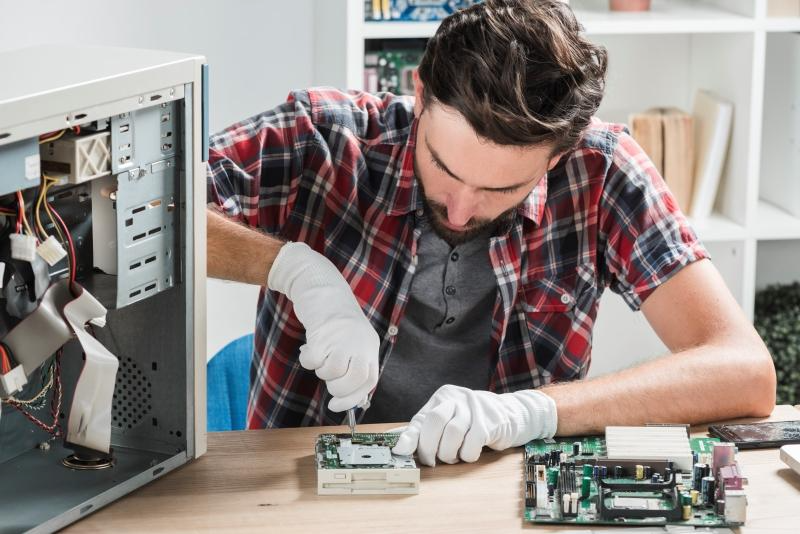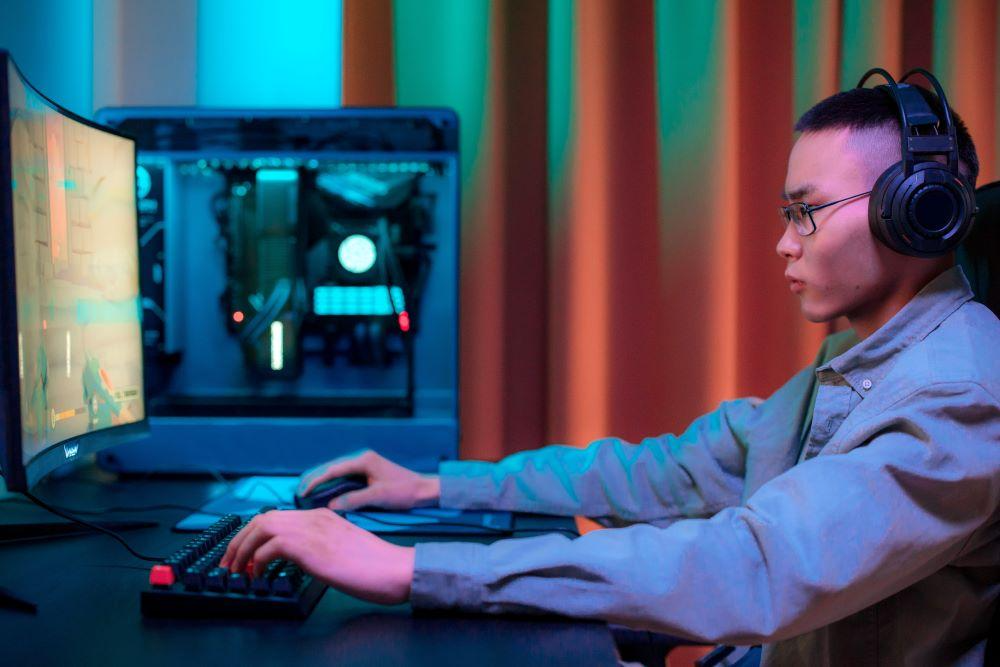Nowadays, in the gaming landscape, if you are a true gamer, having a high-performance PC is a must, and it can make all the difference in the world. Of course, you can choose anytime to buy a standard computer from the store close to your home, but a custom computer will not only differentiate you from the crowd but also come with many benefits. A fully personalized and high-performance system is a must today if you consider yourself a big gaming fan. Let’s learn some tips and tricks about maximizing your computer’s performance and meeting with the aesthetics to be in trend.
Planning Your Gaming PC Build
The first step in building your future gaming PC is planning. This step is crucial because you must choose the right components. You can determine your computer’s performance according to usage so that you will know the needed components. Pay attention to hardware compatibility before ordering them. And lastly, calculate your budget to fit in. Setting a budget is essential because it will help you determine what components you can afford. You’ll need to balance performance with cost, but remember that choosing cheaper parts may lead to a less satisfying gaming experience.
You’ll want to invest in high-end components if you’re a serious gamer who plays demanding games at high resolutions. On the contrary, you may not need the latest and greatest hardware if you’re a more casual gamer. You can start to do your research and find the suitable components for you. You’ll want to ensure that your chosen components are compatible and will fit your selected case. Many online retailers offer compatibility tools that can help simplify this process. And not less importantly, choose the components that you find aesthetic and representative of your personal style.
Selecting Hardware for Your Custom Gaming PC

When selecting hardware for your custom computer, you’ll need to consider several components the processor, graphics card, RAM, storage devices, and power supply unit (PSU).
The motherboard is the first component of your computer, and it has to be compatible with the CPU and fit in the case you want to choose for your computer.
The processor is considered the brain of your computer and is one of the most critical components, as it has significant importance regarding performance. The leading CPU brands are Intel and AMD; you must choose a processor compatible with your motherboard that meets your performance needs.
The graphic card is also significant when using a computer for the latest games, as it has to render the images on the screen. If you want to play the latest games at high resolutions and settings, you’ll want to invest in a high-end graphics card. AMD and Nvidia are the two leading GPU manufacturers.
RAM cards are essential for your computer to be quick on multitasking. Most standard computers come with 8 GB or 16 GB of RAM, but you should opt for at least 32 GB for a gaming computer.
The hard disk is the storage unit. There are two types of hard disks: solid-state drives (SSDs), which are faster, and traditional hard disk drives (HDDs). When opting for an SSD, you can significantly improve loading times. But you may also consider a combination of an SSD to install the system and an extra HDD for maximum storage and speed.
Finally, the PSU is responsible for providing power to your components. You’ll want to choose a PSU compatible with the motherboard that offers enough power for the graphics card and the CPU.
Customizing the Aesthetics of Your PC
Performance is essential when building a custom computer, but many gamers also want their PC to look great. Customizing the aesthetics of your PC can be a fun and rewarding process, and there are many ways to add some personality to your build.
One popular way to add a personal touch to your build is by adding RGB lighting. Many hardware manufacturers offer components with built-in RGB lighting, and you can also purchase additional lighting strips and fans to customize your build. With RGB lighting, you can create a unique and eye-catching color scheme that matches your gaming setup or personal style.
You may also want to customize your PC case with decals, paint, or other modifications. Many online communities are dedicated to PC modification, and you can find inspiration and tutorials for all kinds of customizations. If you’re handy with tools and have a creative streak, you can create a one-of-a-kind PC that reflects your personality and gaming preferences.
Building Your Custom Computer
Once you’ve selected your hardware, it’s time to start building your custom computer. Try to work in a clean environment as much as possible, without dust or other microparticles that may affect the components. Find the necessary tools and start assembling! First, set the motherboard into the computer case. Then, install the CPU and the PSU. Continue with the storage unit, and insert the graphic card, sound card, and RAM cards. Be sure to carefully route your cables, connect all the power sources, and check that the coolers work properly, so they have the airflow to keep your PC cool. Use the manuals to ensure a correct installation of the components into the motherboard.
Once your components are installed, it’s time to power on your PC and test it. You can install your operating system and start gaming if everything works correctly!
Maintaining Your Gaming PC
Once you’ve built your gaming PC, it’s essential to maintain it to ensure optimal performance and longevity. Regular maintenance can help prevent issues like overheating, dust buildup, and hardware failure. One of the most important things you can do to maintain your PC is to keep the case closed. In this way, you will prevent dust from covering the components that may cause them to overheat, leading to performance issues and even hardware failure.
You should also constantly check and monitor your PC’s temperatures and performance using software tools like MSI Afterburner or HWMonitor. If you notice that your components are running hot, you may need to adjust your fan speeds or invest in additional cooling solutions.
Finally, be sure to keep your software up to date. Regularly updating your operating system and drivers can help improve performance and security and may even fix issues you’re experiencing with your PC.
Conclusion
Building a custom computer can be a rewarding and exciting process, but it can also be overwhelming if you need help knowing where to start. By setting a budget, researching hardware, and following best practices for building and maintaining your PC, you can create a high-performance gaming machine that meets your needs and reflects your style. With the right components and creativity, you can build a PC that provides countless hours of gaming enjoyment.

